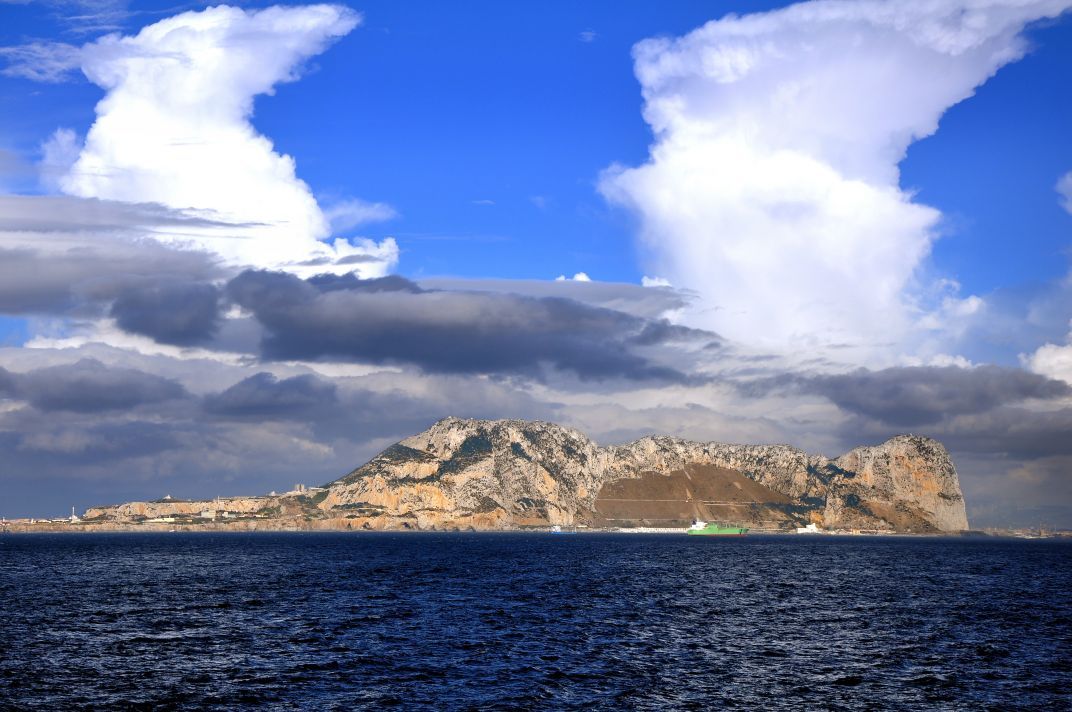The webcomic xkcd is one of my daily reads, so I’ve been enjoying this article on Wired about its creator’s most ambitious project yet.
Most of xkcd’s comics are one-panel jokes, but starting in March, he unveiled an astonishing comic called “Time” – an animation consisting of over 3,000 separate frames, posted gradually over a period of several months. What at first seems to be a simple story about two people building sandcastles on a beach shore and wondering about the origin of the sea is eventually revealed to be (spoiler alert!) set in Earth’s distant future, when today’s civilization is long gone and forgotten; and the simple people of that future society, unbeknownst to them, are about to witness a replay of an ancient geological catastrophe.
About 6 million years ago, in an event called the Messinian Salinity Crisis, the Strait of Gibraltar slammed shut, presumably due to tectonic activity. Over a period of about a thousand years, the now-landlocked Mediterranean Sea gradually evaporated, becoming a vast lowland basin. The geological evidence suggests that the new Mediterranean Basin would have been largely inhospitable desert (probably similar to the Devil’s Golf Course formation in Death Valley), lined with thick deposits of salt minerals left behind by evaporating seawater and possibly a few remnant hypersaline lakes like the Dead Sea. Rivers pouring off the shelves of Europe and Africa cut vast canyon systems into the bedrock.
But about 5.3 million years ago, the balance tipped and the Atlantic Ocean burst through. In a period of as little as a few months, the Mediterranean Basin was inundated, becoming a sea again. That ancient deluge is called the Zanclean flood, and it must have been awe-inspiring. The torrent of water carved a 200-kilometer-wide gash into the new strait, pouring in at a volume a thousand times greater than the outflow of the Amazon River. The water level in the reborn sea rose as fast as ten meters per day, turning hills into islands overnight. It would have been possible to sit and watch the shoreline rise.
I was imagining a waterfall dwarfing Niagara, although the scientists who’ve studied the deluge say it was more like a vast, shallow ramp. Still, it would have been an unforgettable sight, if there had been anyone there to witness it – which there wasn’t. The closest human ancestor alive at that time was a chimp-like hominid, something like Orrorin tugenensis.
But the African plate is still moving northward. In some future era, it will recollide with the Eurasian plate, close off the Mediterranean and start it all over again. The Mediterranean will dry out, and most likely will be inundated again later on. Like most geological catastrophes, this one happens cyclically. And the next time, it’s possible that there will be humans to see it.
There have been other mega-catastrophes that humans could have witnessed: for example, the vast Missoula floods that created Washington State’s Channeled Scablands could probably have been seen by prehistoric Native Americans. And while there’s obviously no dry land below sea level on the scale of the Mediterranean Basin, I wonder if there’s any place on the planet today where a similar megaflood could happen. If there isn’t now, thanks to the changes we’ve caused to global climate, there may be in the future, and possibly sooner than we think.
Image: The Strait of Gibraltar, via Shutterstock
